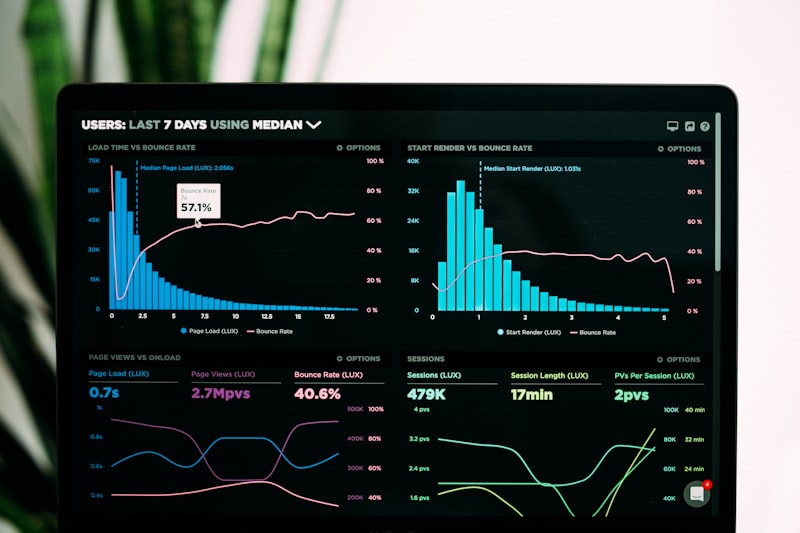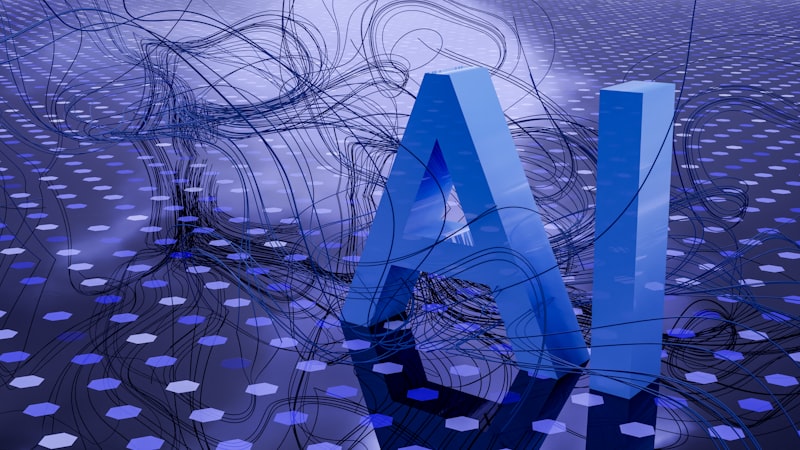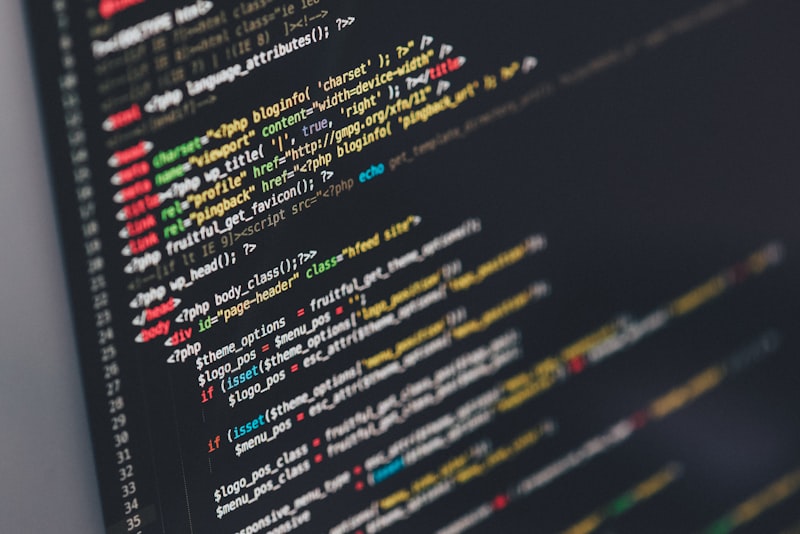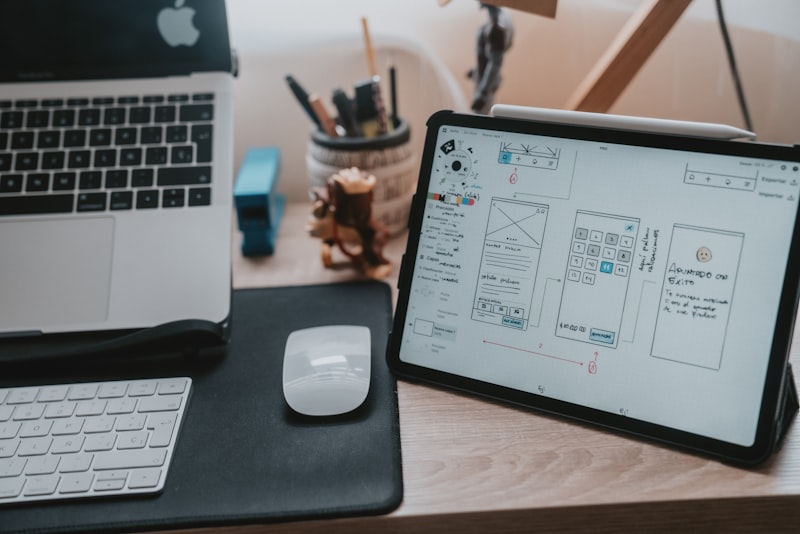Data science has emerged as one of the most sought-after career paths in the modern digital economy. With companies increasingly recognizing the value of data-driven decision making, the demand for skilled data scientists continues to outpace supply. This field offers not only excellent compensation and job security but also the opportunity to solve complex problems and drive meaningful impact across virtually every industry.
Making the transition into data science can seem daunting, especially if you're coming from a non-technical background. However, with the right roadmap and dedication, it's entirely possible to successfully pivot into this exciting field. The key is understanding that data science is as much about curiosity and problem-solving as it is about technical skills. Whether you're a marketing professional looking to leverage analytics, a software engineer wanting to specialize in machine learning, or someone completely new to tech, there's a path for you.
Essential Skills and Prerequisites
Before diving into the step-by-step transition plan, it's crucial to understand what skills you'll need to develop. Data science sits at the intersection of statistics, programming, and domain expertise, requiring a diverse skill set that combines technical proficiency with analytical thinking.
The core technical skills include:
- Programming languages (Python and R are most common, with Python being highly recommended for beginners)
- Statistics and probability theory for understanding data distributions and making inferences
- Database management and SQL for data extraction and manipulation
- Data visualization tools like Tableau, PowerBI, or programming libraries like Matplotlib and Seaborn
- Machine learning algorithms and frameworks such as scikit-learn, TensorFlow, or PyTorch
- Version control systems like Git for collaborative development
Equally important are the soft skills that many career changers already possess: critical thinking, communication abilities, business acumen, and the capacity to translate complex technical findings into actionable insights for stakeholders.
Your Step-by-Step Transition Roadmap
Phase 1: Foundation Building (3-4 months)
Start with the fundamentals. Begin learning Python programming through platforms like Codecademy, Python.org's tutorial, or freeCodeCamp. Simultaneously, strengthen your statistical foundation using Khan Academy's statistics course or coursera offerings from universities like Duke or Stanford. Don't rush this phase—a solid foundation will accelerate your learning in later stages.
During this phase, also familiarize yourself with Jupyter Notebooks, the primary environment where data scientists do their work. Practice basic data manipulation using pandas, NumPy, and matplotlib libraries. Set a goal of completing at least one small project per week, even if it's just analyzing a simple dataset.
Phase 2: Skill Development and Specialization (4-6 months)
Once you're comfortable with programming basics, dive deeper into machine learning concepts. Take Andrew Ng's Machine Learning course on Coursera, which provides excellent theoretical foundation alongside practical implementation. Begin working with real datasets from sources like Kaggle, UCI Machine Learning Repository, or government open data portals.
"The best way to learn data science is by doing data science. Theory without practice is just academic exercise, while practice without theory leads to shallow understanding."
Focus on building end-to-end projects that demonstrate your ability to collect, clean, analyze, and visualize data. Start with guided tutorials but gradually work toward independent projects. Consider specializing in an area that aligns with your background—if you have marketing experience, focus on customer analytics; if you're from finance, explore algorithmic trading or risk assessment.
Phase 3: Portfolio Development and Networking (2-3 months)
Create a compelling portfolio showcasing 3-5 diverse projects that demonstrate different aspects of data science. Your portfolio should include data cleaning projects, exploratory data analysis, predictive modeling, and data visualization. Use GitHub to host your code and create a personal website or LinkedIn profile that clearly communicates your journey and capabilities.
Networking is equally important. Join local data science meetups, participate in online communities like Reddit's r/datascience or Stack Overflow, and engage with data science content on LinkedIn and Twitter. Consider contributing to open-source projects or writing blog posts about your learning journey—this demonstrates your commitment and helps establish your voice in the community.
Recommended Learning Resources
The abundance of learning resources can be overwhelming, so here are the most effective platforms and courses based on community feedback and success stories:
- Coursera: Offers university-level courses from top institutions. The Data Science Specialization by Johns Hopkins and IBM Data Science Professional Certificate are highly regarded.
- Kaggle Learn: Free micro-courses covering practical skills with hands-on coding exercises. Perfect for learning while doing.
- edX: MIT's Introduction to Computational Thinking and Data Science provides excellent theoretical grounding.
- YouTube: Channels like 3Blue1Brown for mathematical intuition, sentdex for Python tutorials, and StatQuest for statistics explanations.
- Books: "Python for Data Analysis" by Wes McKinney, "Hands-On Machine Learning" by Aurélien Géron, and "The Elements of Statistical Learning" for advanced theory.
Overcoming Common Challenges
Every career transition comes with obstacles, and data science is no exception. The most common challenge is imposter syndrome—feeling like you don't belong or aren't qualified enough. Remember that everyone starts somewhere, and the data science community is generally welcoming to newcomers who show genuine enthusiasm and willingness to learn.
Another challenge is the breadth of the field. Data science encompasses everything from statistical analysis to deep learning to data engineering. Don't try to master everything at once. Focus on core skills first, then gradually expand your expertise based on your interests and career goals. It's better to be proficient in a few areas than mediocre in many.
Finally, many career changers struggle with the job application process, particularly when competing against candidates with computer science or statistics degrees. Leverage your unique background—domain expertise in industries like healthcare, finance, or retail can be incredibly valuable. Highlight how your previous experience provides insights that pure technical backgrounds might miss.
The transition to data science requires commitment and persistence, but it's entirely achievable with the right approach. Focus on building practical skills, creating a strong portfolio, and connecting with the community. Remember that data science is ultimately about solving problems and creating value—skills that transcend any single technical tool or methodology. Start your journey today, and within 12-18 months, you could be contributing meaningfully to this exciting and rapidly evolving field.




